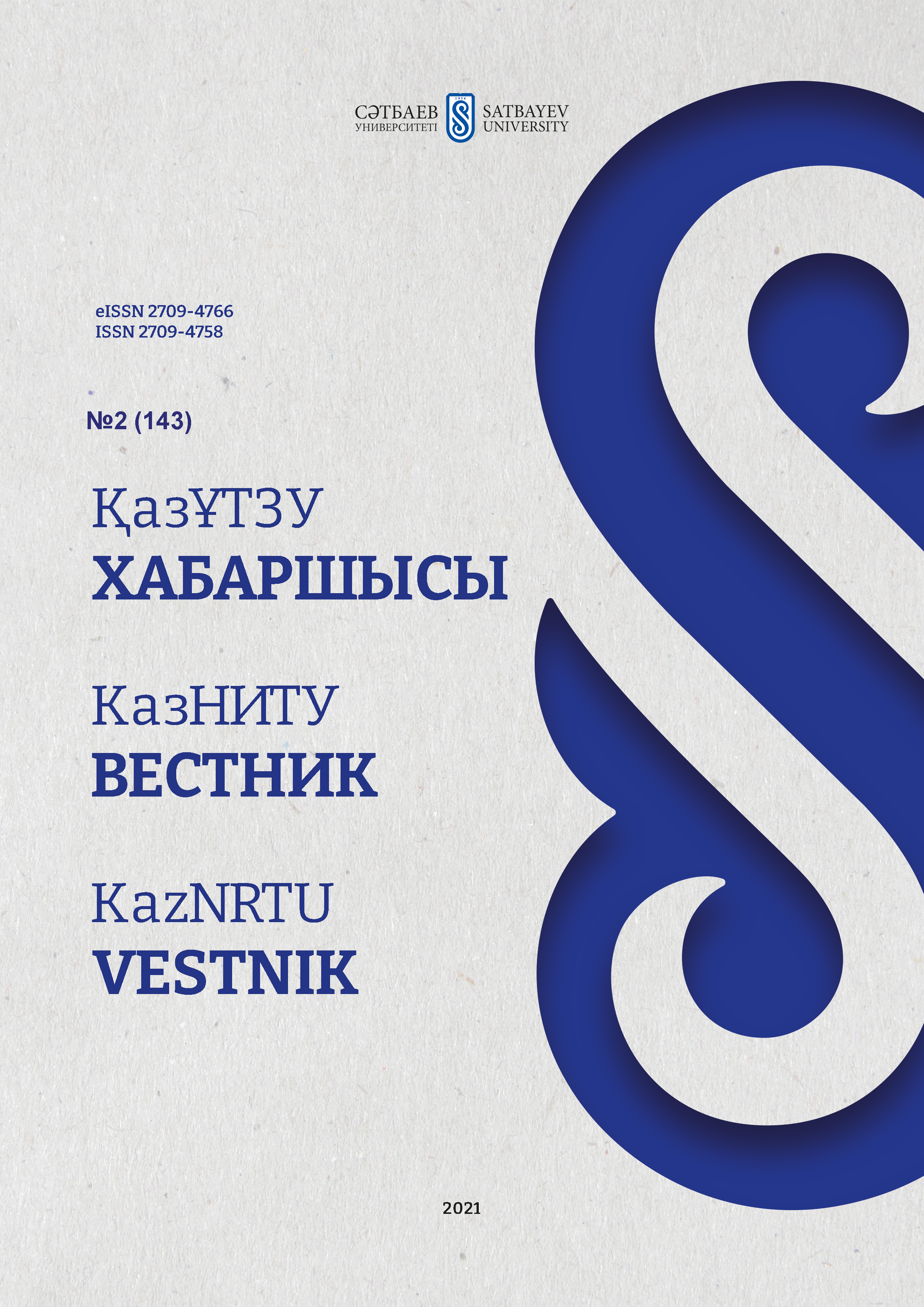Two branches of integral calculation
DOI:
https://doi.org/10.51301/vest.su.2021.i2.11Keywords:
quadrature problem, cubature problem, antiderivative, definite and indefinite integrals.Abstract
The article presents two main problems of integral calculus in their applied aspect, which arouse a lively and continuing interest shown by mathematicians and engineers. The question of the origin of integral calculus is considered, using the example of the problem of calculating areas and the problem of calculating primordial ones. These problems led to two branches of the integral calculus: the theory of definite integrals and the theory of indefinite integrals. Integral calculus is one of the most difficult topics of mathematical analysis, since the process of calculating integrals in general does not lend itself to formal systematization, at the same time it is a powerful tool for solving applied problems. The relevance of the article is primarily in the content disclosure of the basic concepts of the elements of mathematical analysis, in the need for appropriate mathematical support for other disciplines, since the practical application of the integral is mainly used in physics and engineering, as well as in finding the volumes of geometric bodies and in calculating the areas of various shapes. The article is interesting from the point of view of increasing motivation to study higher mathematics in technical specialties. Thus, knowledge of the connection of integral calculus with the needs of practice is necessary for deep assimilation of the theory, the development of specific mathematical thinking, and instilling interest in mathematical disciplines.
Downloads
Published
How to Cite
Issue
Section
License
Copyright (c) 2021 VESTNIK KAZNRTU

This work is licensed under a Creative Commons Attribution-NonCommercial-NoDerivatives 4.0 International License.
<div class="pkpfooter-son">
<a rel="license" href="http://creativecommons.org/licenses/by-nc/4.0/"><img alt="Creative Commons License" style="border-width:0" src="https://i.creativecommons.org/l/by-nc/4.0/80x15.png"></a><br>This work is licensed under a <a rel="license" href="http://creativecommons.org/licenses/by-nc/4.0/">Creative Commons Attribution-NonCommercial 4.0 International License</a>.
</div>





